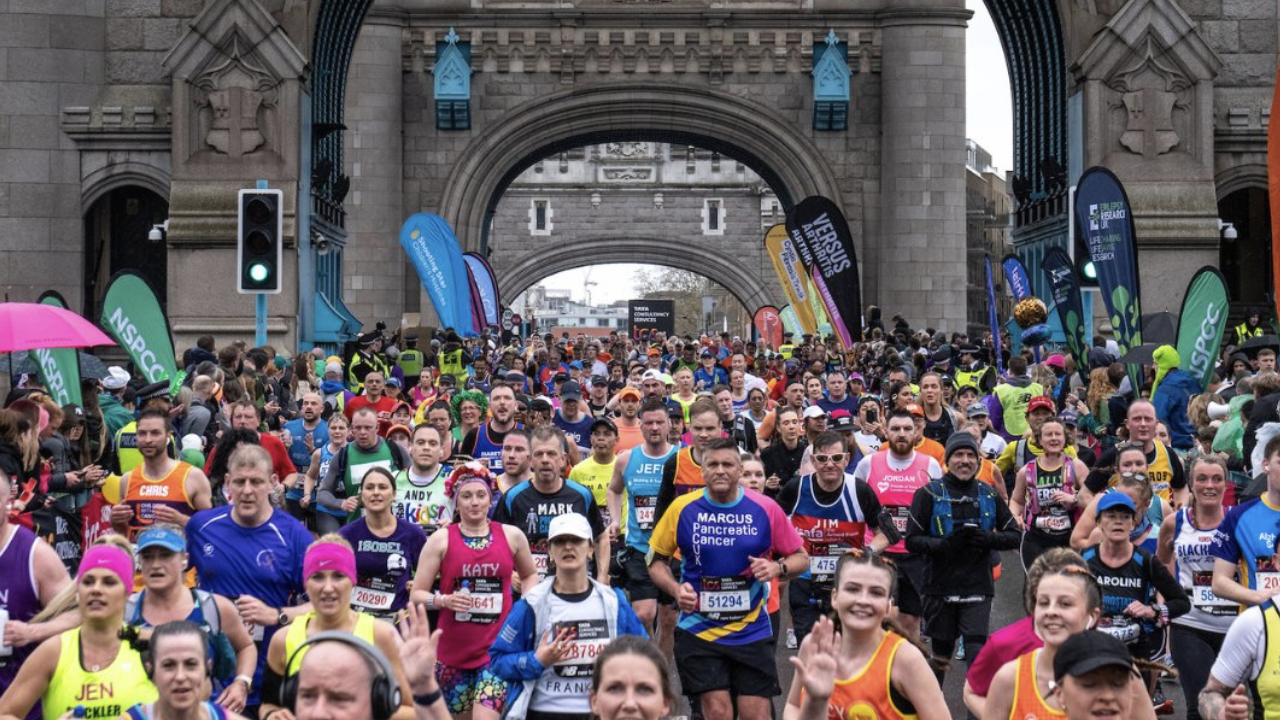The 5 Steps To Running Recovery

That feeling when you arrive home after an intense training run is hard to beat. In those moments, it’s tempting to collapse onto the sofa and give your weary feet a well-deserved break. However, it’s crucial not to bypass the essential steps of running recovery. By ignoring these, you not only miss out on maximising the benefits of your training but could also expose yourself to potential injuries.
Here, we delve into the five critical steps for an effective recovery after every run.
1. The Power of the Cool Down
The first crucial step of running recovery is to cool down. By reducing your pace, you assist your cardiovascular system in gradually returning to its regular rhythm, lower your heart rate, and decrease your muscle temperature, all while maintaining an optimal blood flow to your muscles.
For professional runners, this could involve up to 30 minutes of cooling down after a rigorous session or race, possibly coupled with some cross-training. If you’re a beginner, however, merely transitioning from a run to a walk for five minutes after your session can still yield significant benefits.
2. Rehydrate, But With Caution
Next up is rehydration. The human body is over 60% water, and during the day, not to mention exercise, we lose a lot of that water. Elite runners completing a marathon can lose up to two centimetres in height and two to five kilograms in weight due to fluid loss. The key, though, isn’t to gulp down litres of water. Instead, sip water little and often throughout the day following your run, and continue this pattern the next day as well.
3. Nutrient Reload: Feed the Muscles
After rehydration comes the replenishment of essential nutrients, aimed not only at preventing a post-run crash but also kick-starting the muscle-rebuilding process. It’s recommended to have a balanced meal including proteins, vitamins, fruits, vegetables, and carbohydrates within 30 to 60 minutes after your run.
This window aids in increasing your glycogen levels, essentially your energy stores, and sets the process of glycogen resynthesis in motion, which ultimately helps rebuild your muscles for your next run. As a general guideline, it’s recommended to consume 20 to 30 grams of protein post-workout within the first hour.
4. Stretching and Foam Rolling
Many runners like to use a foam roller post-run, which aids in loosening off the fascia, a thin layer that covers your muscles. This can reduce the risk of Delayed Onset Muscle Soreness (DOMS) and increase flexibility. Spend about 60 seconds each on your calves, quads, hamstrings, and back. However, if the process becomes too painful, you might be using a foam roller that’s too hard for you, or you could already be injured.
Additionally, incorporating static stretches after your run can help achieve similar benefits to foam rolling. Consider exercises that work on your hip flexors and hamstrings.
5. Sweet Recovery: Sleep
Perhaps the most critical aspect of running recovery is sleep. During sleep, the majority of muscle and tissue repair occurs, and your body releases growth hormones. It also allows for energy restoration, enabling your body to replenish its energy stores and top up glycogen in the muscles and liver.
The appropriate duration of sleep will vary from person to person, but generally, 7 to 9 hours is adequate. It’s crucial to listen to your body and understand what works best for you in terms of hydration, nutrition, fuelling, stretching, and foam rolling.
Listening to Your Body: The Golden Rule
If you’re looking to return to running after a big race, the key is to resume when you feel ready and continue engaging in active recovery. Trying to squeeze in a lot of running after taking a considerable break may put you at risk of injury and make it challenging to hit your previous paces. Instead, keep your legs ticking over and ease into your routine, ensuring you feel thoroughly recovered.
Remember, everyone is unique, and recovery techniques can vary widely from one person to another. It’s essential to listen to your body and find a recovery routine that works best for you. As you take these five steps to running recovery on board, remember that balance, understanding, and self-care are the underpinning principles of successful, enjoyable running.



























Running News
Will A Woman Run A Four-Minute Mile? Research Says It’s Possible
Tadese Takele And Sutume Asefa Kebede Win The 2025 Tokyo Marathon!
Boston Marathon 2025 Medal Reveal And Celebration Jacket